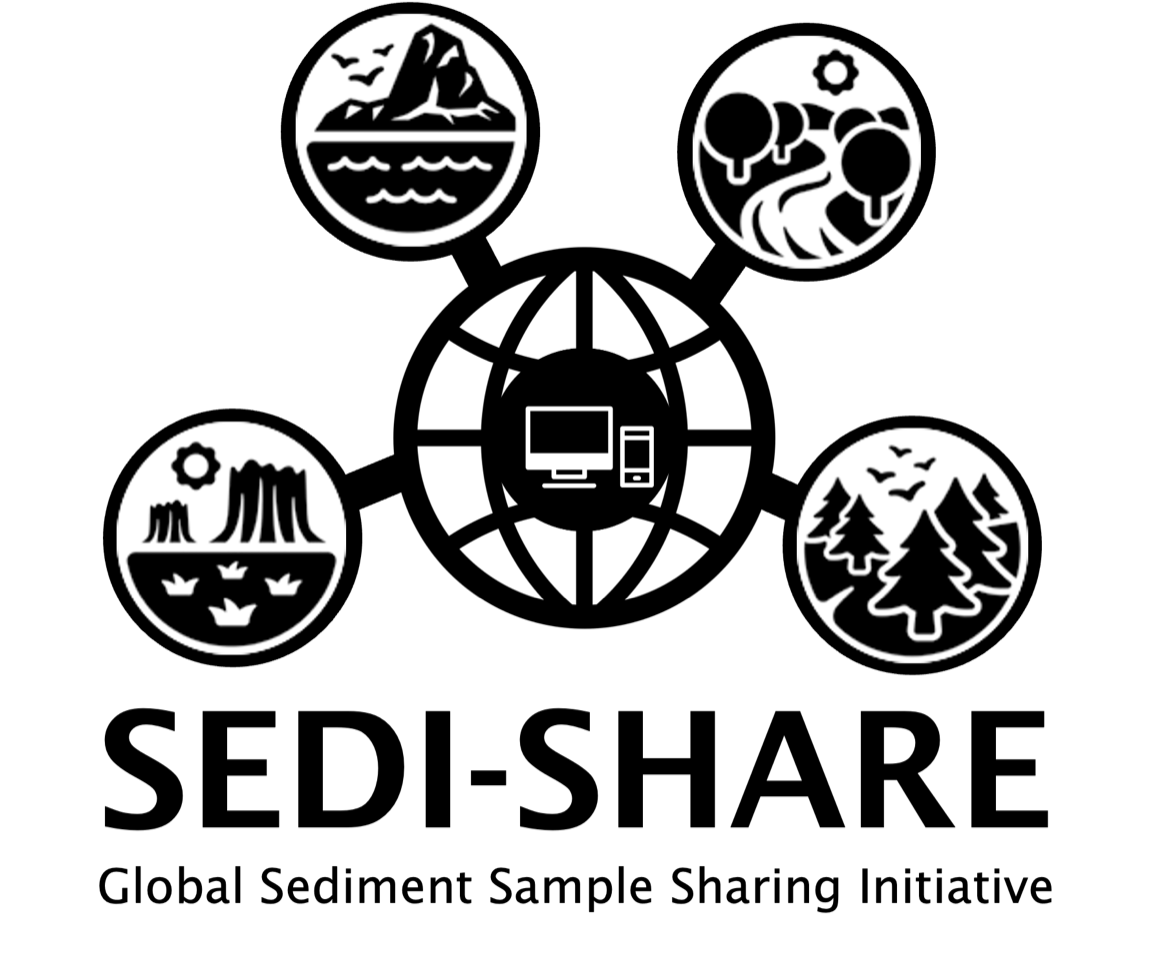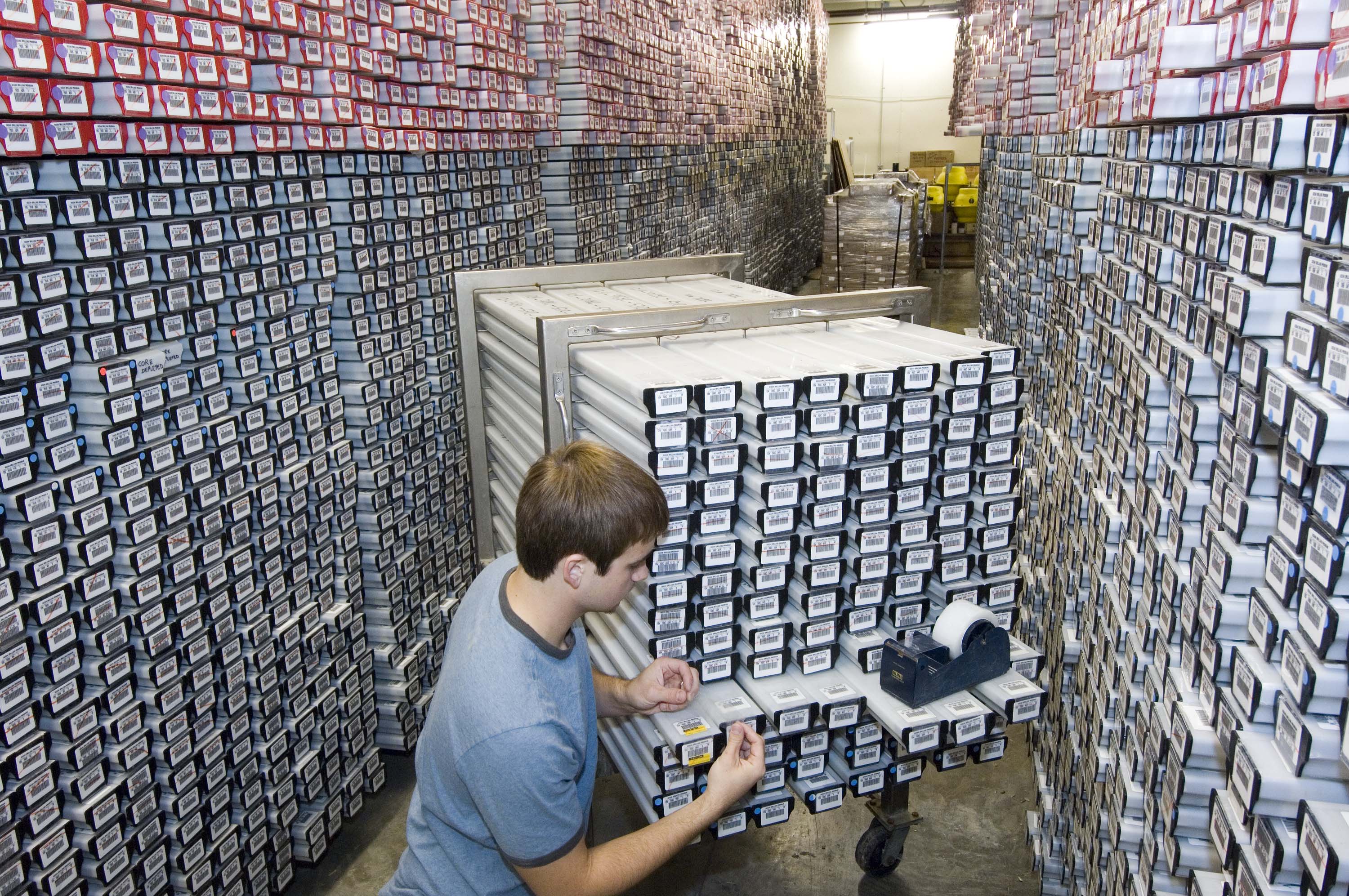- Home
- Publications
- PAGES Magazine
- SEDI-SHARE: A New Community Initiative To Promote Sediment Sample Sharing
SEDI-SHARE: A new community initiative to promote sediment sample sharing
Davis BAS
Past Global Changes Magazine
30(2)
121
2022
Almost every paleoscience laboratory has a store containing sediment cores and other samples collected during fieldwork. In some cases, this material will have been selected for analysis and eventually published. However, often the material remains unanalyzed and held either as a backup or for potential future projects. The contents of many fieldwork sediment stores, therefore, often represent an underutilized resource for the laboratory that stores it, the organizations that funded it, and the broader paleo community that could also make use of it. SEDI-SHARE is a new community initiative supported by both PAGES and the International Union for Quaternary Research (INQUA; inqua.org) that aims to make better use of these samples held in storage.
Fieldwork is often expensive, difficult, and time consuming, especially if it involves travel to remote and inaccessible locations. This travel has monetary costs and costs in terms of its carbon footprint. Access to fieldwork sites may also be difficult because of political, logistical, or health reasons such as COVID-19. Regions that were once accessible for fieldwork in the past may no longer be accessible, or access may be restricted to certain nationalities, or only for certain activities. Laws may also change to restrict access or sediment removal from a location, or sites may be lost forever due to construction, agriculture, and drainage.
There could, therefore, be many benefits if there was greater collaboration and utilization of sediment samples held in storage throughout the world. For instance, by helping to expand the number of modern surface samples used in calibration datasets, or helping to fill significant gaps in the global distribution of studies, such as in Asia, the tropics, and the Southern Hemisphere. It would also be easier to identify cores or samples where existing analyses could be supplemented to provide a multi-proxy perspective or higher temporal resolution, for instance, to evaluate a new proxy or methodology, or to investigate the effects of a specific short-term event.
Sample sharing could also help promote collaboration between those institutes with analytical resources and those with sediment and fieldwork resources, a situation that often exists between institutes in higher- and lower-income countries. In addition, sample sharing could also encourage collaboration with other disciplines since the collection of sediment cores and surface samples is also part of many disciplines, including plant science, soil science, limnology, archaeology, and environmental pollution.
Importantly, greater visibility and international recognition of sample stores could also help to ensure their continued support within institutions where they increasingly compete with other priorities. Stores take up valuable space and technician time, and can involve significant annual servicing and refrigeration costs. Many stores also operate at capacity. Every year, difficult decisions have to be made as to which samples to keep and which to throw away, resulting in the potential loss of scientifically valuable and sometimes irreplaceable material.
While the contents of sediment stores are generally well documented, this information is usually held offline or restricted to within an institutional domain. Some larger institutions and long-standing international collaborative activities, such as the Ocean and Continental Drilling Programs, already provide information online through the National Oceanic and Atmospheric Administration/Index to Marine and Lacustrine Geological Samples1 platform for geological samples. This platform, however, has limited functionality and includes samples from many different geological time periods. More recently, other more sophisticated platforms have been developed with a Quaternary focus, including the US-funded Open Core Data2 and the French Cybercore3 project.
With these recent technological innovations and other developments, such as the growing use of International Generic Sample Numbers (IGSNs)4, the time seems right to try to bring the paleo community together to develop the necessary digital infrastructure, metadata standards, and management protocols that will enable information about samples in storage to be shared much more widely than at present. This will not be without its challenges, not least how to support the participation of smaller laboratories with only limited resources. One idea is to provide labs with a certification system that means they could initially put their sediment store inventory online with the minimum of metadata and then work towards improving it over time through a series of certified steps. This approach would allow a lab to initially participate with minimal effort, while at the same time providing a clear pathway with the reward of international recognition that could be used to gain internal institutional support.
The initial objective of SEDI-SHARE is to bring the paleo community together to discuss these issues through a series of meetings and open workshops to establish common goals and objectives, and to help identify problems and solutions. All areas of the community are encouraged to contribute to this dialogue, no matter what field or how large or small the laboratory. Following this consultation period, SEDI-SHARE will then work towards delivering the necessary digital infrastructure and other measures necessary to overcome current hurdles to sample sharing. In the long-run, SEDI-SHARE hopes to reduce the necessity for fieldwork and therefore bring down costs, maximize investment, encourage collaboration, and create new scientific opportunities in accordance with today's open science (OECD 2015) and FAIR principles (Wilkinson et al. 2016).
If you are interested in participating and would like to be kept informed or contribute ideas, please contact Basil Davis and/or register your interest here: forms.gle/Tk1vYH8AJt15E1wz6
affiliation
Institute of Earth Surface Dynamics (IDYST), University of Lausanne, Switzerland
contact
Basil Davis: basil.davis unil.ch
unil.ch
references
Wilkinson MD et al. (2016) Sci Data 3: 160018
Links

